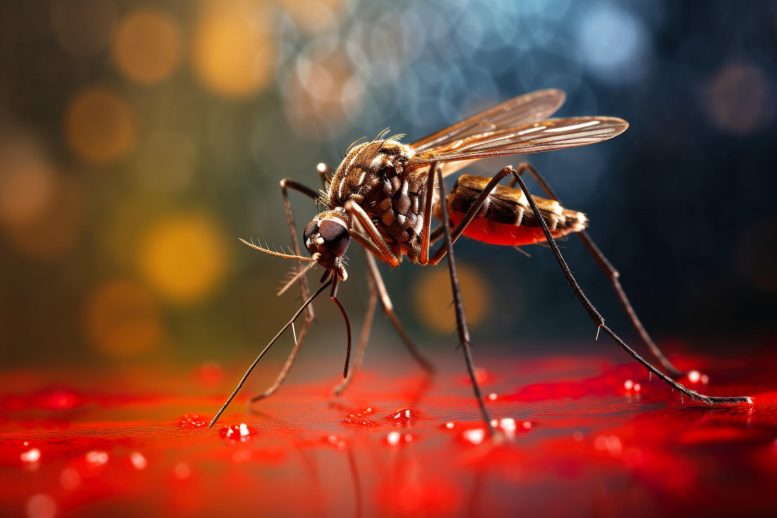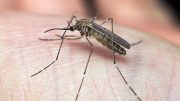
Recent research reveals that roughly 30% of children in 13 Sub-Saharan countries are suffering from malaria, with older, rural, low-income children at the highest risk. The study suggests insecticide-treated bed nets and better housing as preventive measures for these communities.
Research on nearly 65,000 children up to the age of 5 identified the prevalence of malaria and its associated risk factors across 13 countries in Sub-Saharan Africa.
A recent study published in the open-access journal PLOS ONE reveals that roughly 3 in 10 children in 13 Sub-Saharan African nations are suffering from malaria. The most susceptible are older under-five children who reside in large, low-income families in rural regions. The study was conducted by Dagmawi Chilot from the University of Gondar, Ethiopia, and his team.
Despite the potential to prevent and treat malaria, it still poses a significant public health challenge. Close to half the global population is at risk of contracting this mosquito-borne disease. Africa bears the brunt, with 95% of global malaria cases and 96% of the deaths, the majority of which tragically occur in infants and young children.
In the new work, the researchers used data from the recent Malaria Indicators Survey of 13 Sub-Saharan Africa countries: Burkina Faso, Ghana, Guinea, Kenya, Liberia, Madagascar, Mali, Malawi, Mozambique, Nigeria, Sierra Leone, Senegal, and Tanzania. The surveys were conducted from 2015 through 2021 and included interviews with 74,976 parents/guardians. In the current study, data on 60,541 children aged 6 to 59 months were included.
Overall, the pooled prevalence of malaria among children in the study was 27.41% (95% CI 17.94-36.88%), ranging from 5.04% in Senegal to 62.57% in Sierra Leone. The odds of infection increased with age, with older under-five children more likely to be infected compared to younger ones. Children from the richest households (AOR=0.16, 95% CI 0.14-0.19), those whose mothers attended primary education (AOR=0.78, 95% CI 0.73-0.84), those who had improved housing, and those from communities with a high use of insecticide-treated bed nets (AOR=0.40, 95% CI 0.24-0.63) were less likely to be infected with malaria. Children from large families (AOR=1.35, 95% CI 1.26-1.45), who lived in rural areas (AOR= 2.16, 95% CI 2.06-2.27), and with high community poverty (AOR=2.66, 95% CI 2.53 – 2.84) were most likely to be infected with malaria.
The authors conclude that insecticide-treated bed nets and improved housing are promising means to prevent malaria infection among children and that households with low wealth and those in rural areas should be prioritized in any mass distribution of nets.
Reference: “Pooled prevalence and risk factors of malaria among children aged 6–59 months in 13 sub-Saharan African countries: A multilevel analysis using recent malaria indicator surveys” by Dagmawi Chilot, Annelies Mondelaers, Adugnaw Zeleke Alem, Mezgebu Selamsew Asres, Mulugeta Ayalew Yimer, Alemayehu Teklu Toni and Tadesse Awoke Ayele, 31 May 2023, PLOS ONE.
DOI: 10.1371/journal.pone.0285265









Be the first to comment on "Concerning – Over 27% of Young Kids May Have Malaria in Sub-Saharan Africa"